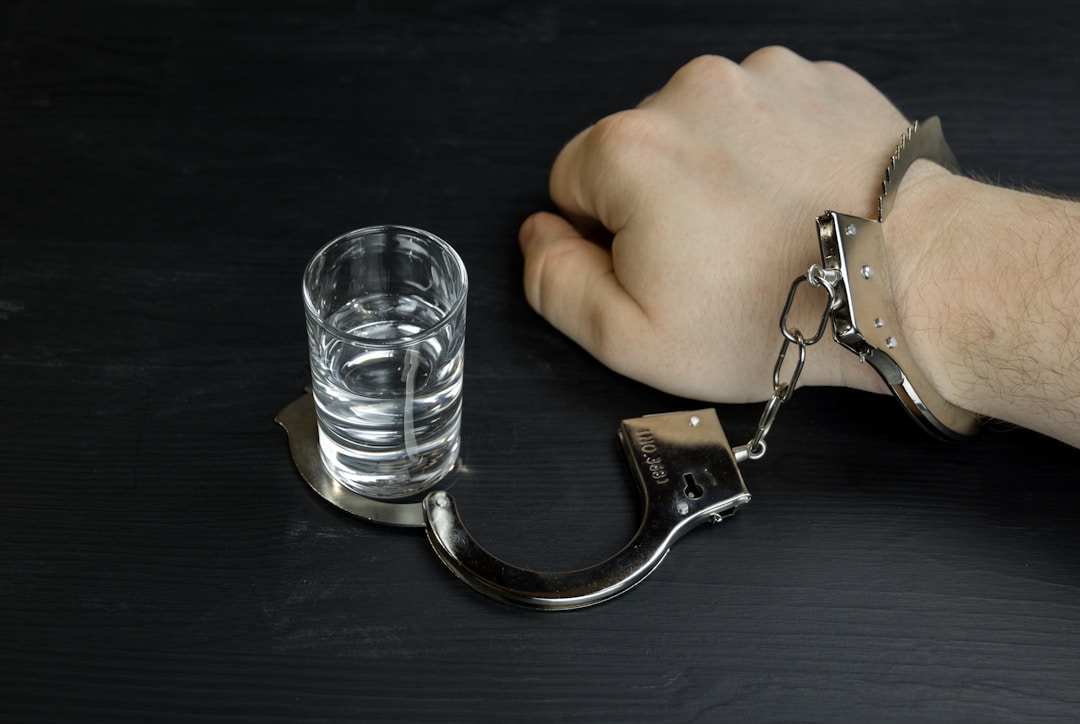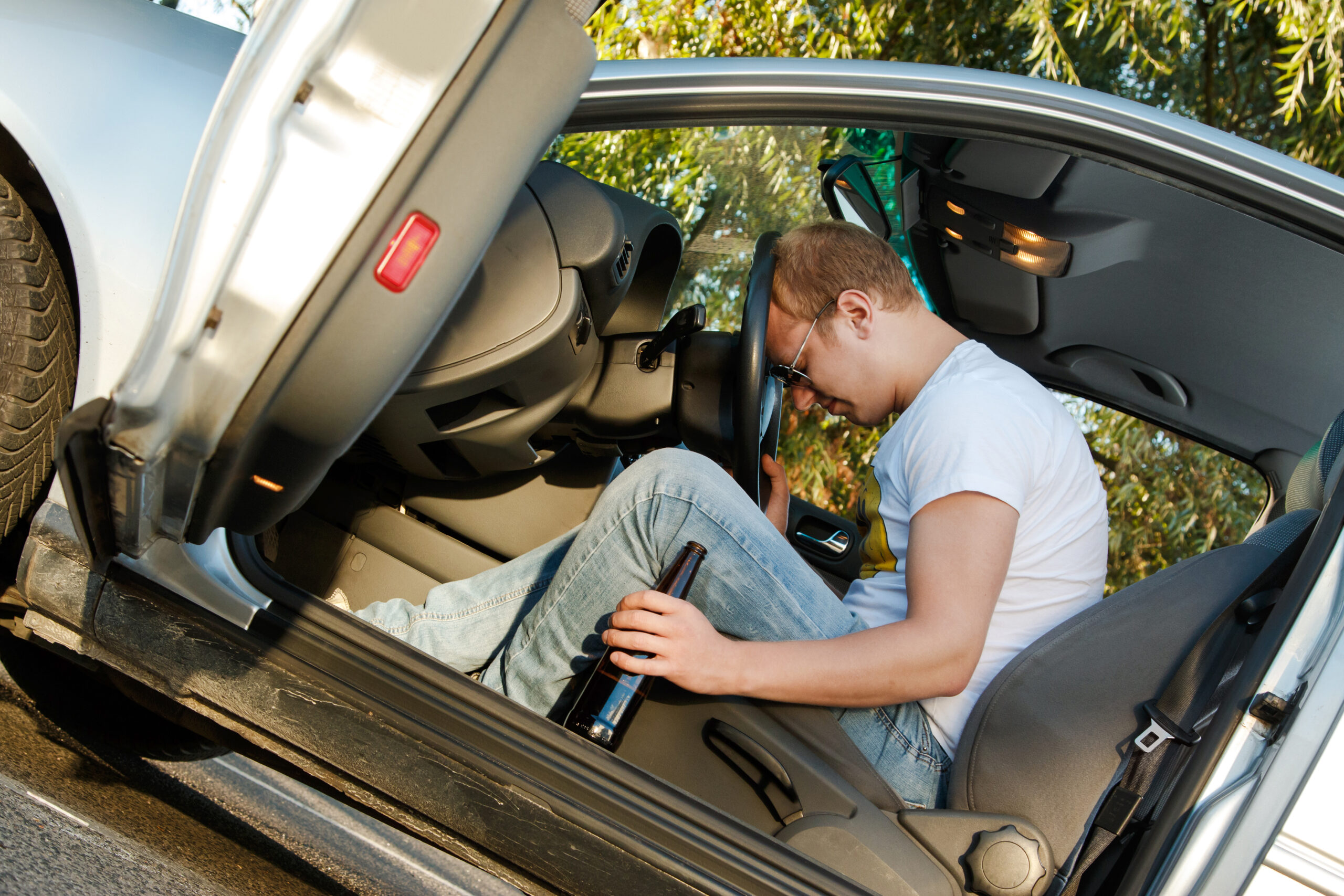Alcohol abuse is a pervasive global issue with far-reaching consequences. One of the most dangerous outcomes of alcohol abuse is drunk driving. Below, we delve into the many layers of this issue, from its risks and consequences to preventative measures and treatments.
The Prevalence of Drunk Driving

Alcohol-related traffic deaths remain a persistent issue worldwide. According to the Centers for Disease Control (CDC), motor vehicle crashes involving alcohol-impaired drivers accounted for 30 percent of all traffic-related deaths in the United States in 2020. This alarming figure reflects not only the extent of the issue but also the pervasive societal norms and attitudes that enable drunk driving.
Despite the introduction of stricter laws and widespread public awareness campaigns, drunk driving continues to be a major risk factor on the roads. Factors contributing to drunk driving range from personal attitudes and behaviors to wider social and cultural norms that condone drinking and driving. Tackling this issue requires a multifaceted approach that not only addresses these underlying factors but also advocates for ongoing education and changes in policy.
An effective response to drunk driving extends beyond law enforcement to include health care providers, families, schools, and communities. By understanding the scope of this problem, individuals and society as a whole can take steps toward preventing drunk driving and reducing its tragic consequences.
Seeking Help for Alcohol Abuse
For those struggling with alcohol abuse, seeking help is the first step toward recovery. Alcoholism treatment includes a wide range of therapies and interventions to help individuals overcome their addiction and regain control of their lives.
From detox and residential treatment programs to outpatient therapy and ongoing aftercare support, individuals with alcohol addiction have a range of options for treatment. A holistic approach that addresses not only the physical aspects of addiction but also the psychological and social factors is often the most successful.
Recognizing the signs of alcohol abuse and seeking help early can greatly improve the chances of a successful recovery. This is especially true for individuals who are at risk of becoming involved in risky behaviors such as drunk driving.
Risks and Consequences of Drunk Driving
Drunk driving poses significant risks to not only the driver but also passengers, pedestrians, and other road users. Alcohol impairs a driver’s reaction times, coordination, and judgment, all essential skills for safe driving. As a result, drunk drivers are more likely to cause accidents, resulting in injury or death.
In addition to the human cost, drunk driving also carries heavy legal penalties. These can range from fines and suspensions of driving privileges to imprisonment for repeat offenders or in cases where drunk driving results in injury or death. The consequences of a drunk driving conviction can last long after the legal case has been settled, affecting a person’s employment prospects, relationships, and general life opportunities.
However, the biggest consequence of drunk driving is the irreversible damage it inflicts on families and communities. The loss of a loved one in a preventable drunk driving accident is often compounded by a sense of outrage and frustration, contributing to long-lasting emotional trauma.
Prevention and Education

Effective prevention of drunk driving is rooted in education. School-based interventions that educate teenagers about the dangers of alcohol and impaired driving have been shown to yield positive results. Moreover, these interventions are ideally placed to target this age group, who are most likely to engage in risky behaviors like drinking and driving.
Public awareness campaigns also play an important role in preventing drunk driving. These campaigns target the general public as well as specific high-risk groups and use various tactics to effectively convey their message. From shock tactics showing the potential consequences of drunk driving to positive messages about the benefits of sober driving, these campaigns are a key tool in the fight against drunk driving.
Finally, regulations and policy changes can also contribute to preventing drunk driving. Stricter drink-driving laws, consistent law enforcement, and licensing restrictions for young drivers are all proven measures that can reduce drunk driving.
Family and Community Support
Family and community support play a paramount part in the treatment and recovery from alcohol abuse. A strong support network can offer emotional assistance, help rebuild damaged relationships, and provide accountability during the recovery process.
Furthermore, community resources and programs can also support individuals in recovery. From group therapy to recreational activities, these community resources can provide a positive avenue for engagement and help foster a sense of belonging.
Ultimately, the community is integral to changing societal norms and attitudes toward alcohol and drunk driving. By fostering a culture of responsibility and understanding, communities can significantly contribute to the prevention of drunk driving.
The Role of Law Enforcement
Law enforcement agencies play a key role in combating drunk driving through surveillance, checkpoints, and enforcing penalties. Their efforts are vital in deterring people from driving under the influence and ensuring that those who break the law face the consequences.
However, the role of law enforcement extends beyond policing. They’re also pivotal in delivering education and awareness programs, working hand in hand with other institutions and community groups to share safety messages and educate people about the dangers of drunk driving.
Challenges remain, such as the need for effective training and resources to identify and deal with drunk drivers. In overcoming these, law enforcement can continue to make a significant contribution to the prevention and reduction of drunk driving incidents.
Being Responsible

Being responsible when consuming alcohol is of utmost importance for both your personal well-being and the safety of others around you. It’s crucial to understand that alcohol can impair your judgment and physical abilities, leading to risky and dangerous situations. By adopting a responsible approach toward alcohol consumption, you can ensure an enjoyable and safe experience.
First and foremost, know your limits. Understand how much alcohol your body can handle as this varies from person to person. Remember to pace yourself and avoid excessive consumption. Overindulgence can lead to negative consequences such as blackouts, alcohol poisoning, or even accidents. It’s best to set a predetermined limit and stick to it so you can stay in control and avoid any potential harm.
Drinking on an empty stomach can intensify the effects of alcohol. It’s important to eat a substantial meal prior to drinking to slow down the absorption of alcohol into your bloodstream. Being well-nourished can help prevent rapid intoxication and minimize the risk of alcohol-related health problems. Additionally, drinking plenty of water in between alcoholic beverages can help moderate your consumption and prevent dehydration.
Finally, never drink and drive or allow others to do so. Operating a vehicle under the influence of alcohol is not only illegal but also highly dangerous. Plan ahead for alternative transportation options, such as designated drivers, public transportation, or ride-sharing services. This ensures you and others are not put at risk due to impaired driving.
Reducing the Toll of Drunk Driving
Drunk driving is a serious issue with dire consequences, causing unnecessary loss of life and tremendous grief. While progress has been made in recent years in terms of raising awareness and enforcing stricter laws, much work still remains in preventing these tragic incidents.
Effective strategies must involve a multi-pronged approach that includes education, prevention, support for those with alcohol abuse issues, and steadfast law enforcement. By doing so, we can help reduce the toll of this potentially deadly behavior and make our roads safer for everyone.
Altogether, it’s imperative to recognize the lethal consequences of drunk driving and engage communities in prevention efforts. Prevention, education, professional treatment, and support can help turn the tide and reduce drunk driving incidents, creating safer communities for us all.

